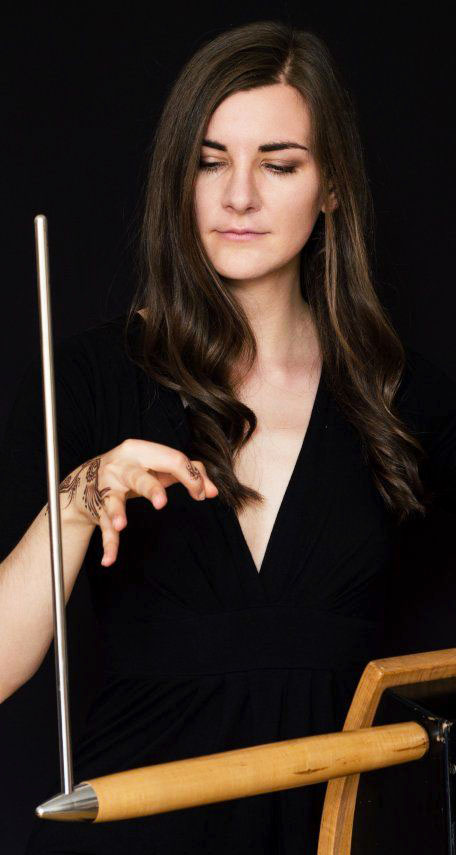
LEON THEREMIN
ליאון טרמין
레온 테레민
Лев Термен
théremin
he invented an electronic device known as the theremin, which was a unique musical instrument that could be played without physical contact. Rather than plucking strings or pressing keys, the musician need only move their hands around antennas located on the device.The device became a popular curiosity and he proceeded to tour Europe in order to demonstrate it. In 1928, he moved to New York City in the United States, where he played a theremin in the New York Philharmonic Orchestra in 1928. In 1929, he was granted a patent for the device by the United States. He decided to give RCA the rights to manufacture and sell the theremin for a lump sum payment and a percentage of the sales.In the early 1930s, Theremin purchased a laboratory in New York that he used for experimenting with electronic musical instruments. One of the products of his lab was the Rhythmicon, which was purchased by Henry Cowell, a composer. In 1930, a group of ten “thereminists” performed at Carnegie Hall.Theremin also began researching a method to cause lights and sound to respond to the movement of dancers. His system became popular with ballet and dance clubs throughout the country.



